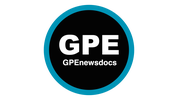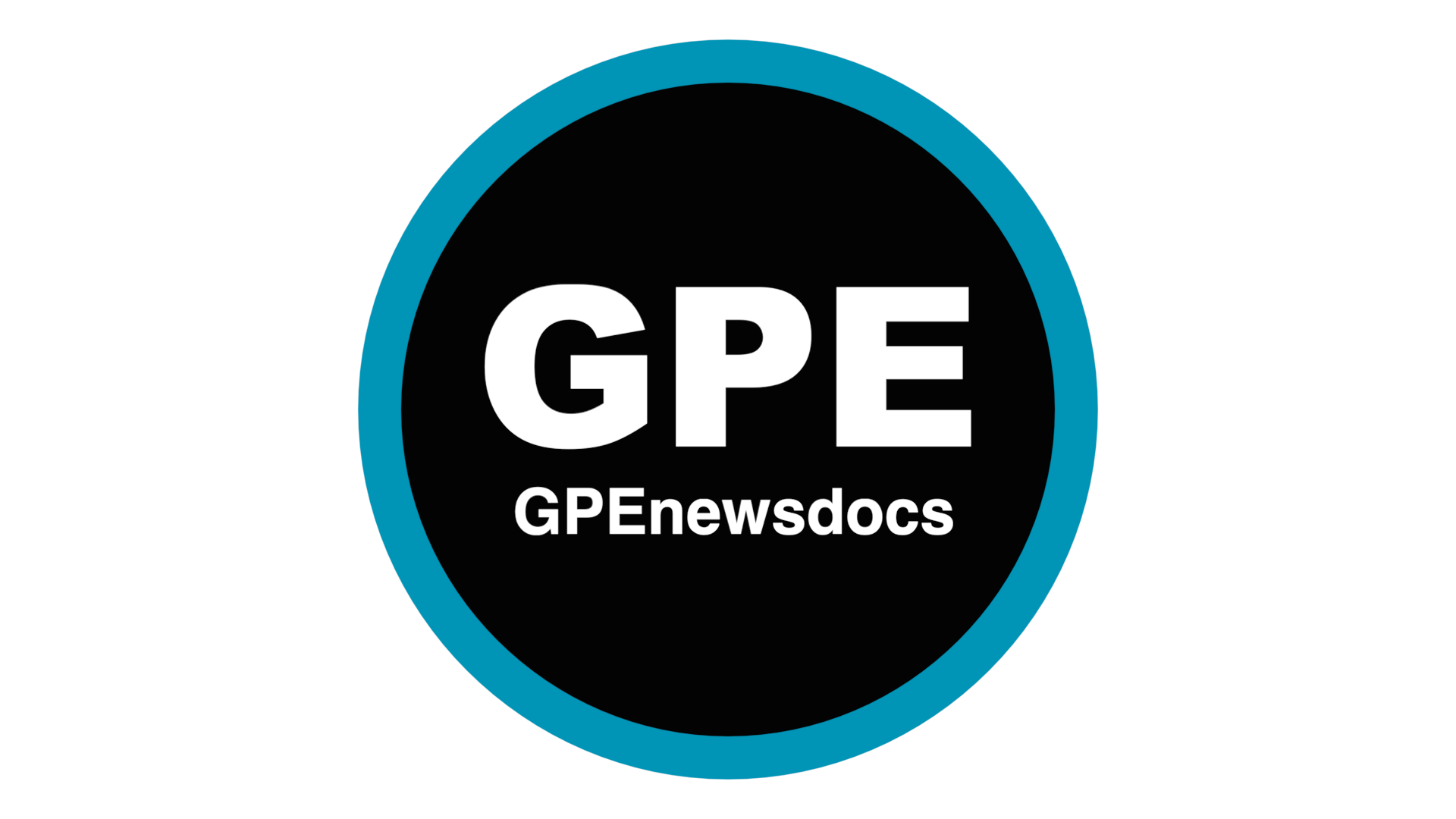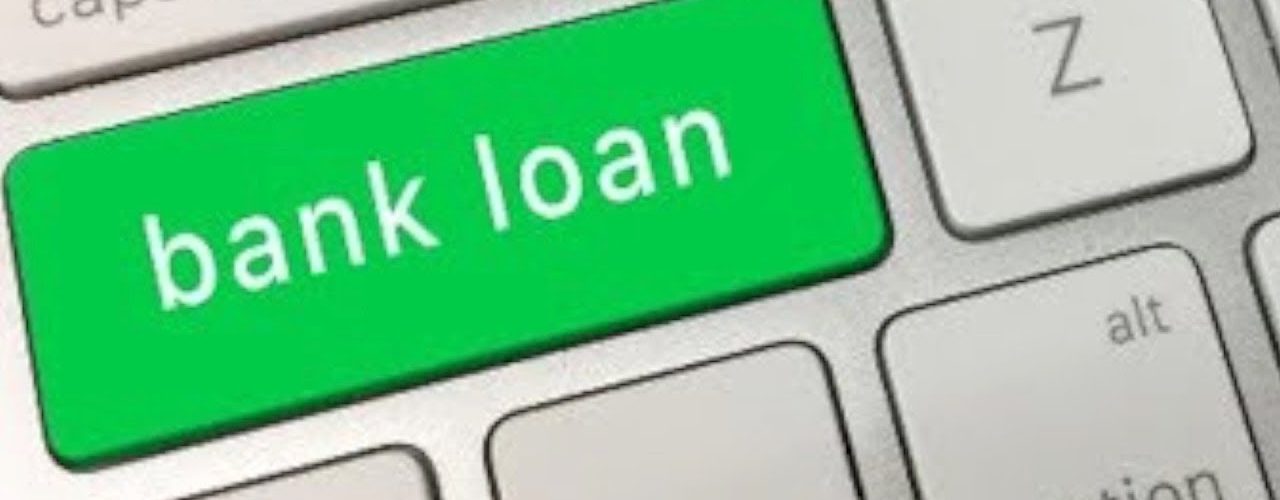The argument in favor of stripping banks of their ability to create money is based on a fundamental misconception of how the monetary and financial system operate says Jo Michell in discussing how the economy would be more vulnerable without bank-created money.
June 4, 2018 Produced by Lynn Fries
TRANSCRIPT
LYNN FRIES: It’s Real News coming to you from Geneva, Switzerland. I’m Lynn Fries. Initiatives to strip banks of their ability to create money are being advocated in monetary reform proposals like the Swiss Sovereign Money Initiative which will go to a yes no vote by Swiss national referendum. This is Part 2 of a conversation on whether implementation of this kind of sovereign money proposal will bring about a more fair and stable banking system and solve problems like inequality and environmental degradation.
Joining us to continue our discussion is Jo Michell, Professor of Economics at UWE Bristol, The University of the West of England. Welcome back, Jo.
JO MICHELL: Hi. Thanks.
LYNN FRIES: You say the argument in favor of stripping banks of their ability to create money rests on a fundamental misconception of the way the monetary and financial system functions. The Swiss Sovereign Money Initiative essentially is based on the monetary reform proposals advocated by Positive Money. So taking a quote and a diagram from the Positive Money website, let’s talk about the crux of their argument.
Here’s the quote: “the real (non-financial) productive economy needs money to function but because all money is created as debt that sector also has to pay interest to the banks in order to function. This means that the real economy businesses – shops, offices, factories, etc.- end up subsidizing the banking sector. The more private debt in the economy, the more money is sucked out of the real economy and into the financial sector.” What do you see is wrong with this way of thinking about how money and finance works?
JO MICHELL: So there are several things in this quote which I think are misleading. First of all, I think the view that you can somehow completely separate the real economy and the financial banking system into sort of two different opposed groups is wrong, that the two things are completely intertwined. The financial and banking system is the mechanism by which the real economy functions on a day to day basis. And this is actually the point which they make. Which is that the payment system-. all individuals operating in the so-called real economy need money balances to make payments. Up to there, I’m okay with what they’re saying. The problem is this view that somehow this sets up a mechanism by which because all of these money balances have associated with them some credit or lending and therefore some interest flow, that simply using money as a means of payment automatically means that the banks are siphoning off somehow what they call money out of the system. Which it is not as the banks are actually creating money. What they mean is wealth or income. The banks are somehow appropriating or extracting continuously through interest payments wealth or income from what they call the real economy. And I think this is actually completely false. I mean, obviously it is true that banks have made very good profits, probably far more than they should or could have been able under any sensible system to make. But that is not through the mechanism described in this diagram.
LYNN FRIES: To make this clearer, give us some example or illustration.
JO MICHELL: OK. So what I’m going to do is walk you through a few steps of bank lending and spending by a customer. And we’ll see what happens to the money balances through that process. And we’ll see how it doesn’t really match the picture which you get from the diagram we just saw, the Positive Money diagram.
So I’ve got the first two steps here. And we start from a system where we have Jill, Jack who are two customers or individuals in the economy and a bank. And the first thing that happens here in the first step is that Jill gets a loan from the bank. And as we’ve said the bank just creates from nothing some new deposits for Jill which appear on the asset side of the balance sheet meaning she can now go out and spend this new money. And it also makes a loan of 100 pounds. This is in Sterling, 100 pounds to Jill. So she has a liability. Somewhere she has a letter saying she has to pay back a hundred pounds. So that’s the first step by which the bank just creates new money out of nothing.
Now Jill decides she wants to buy something with this money from Jack. So what Jill does is through electronic payment system using her credit card or a debit card actually in this case, she makes a payment to Jack. And she buys something in goods, secondhand goods, from him. And the deposit disappears from her balance sheet and appears on Jack’s balance sheet. Now the point here is that Jack is now effectively lending to the bank because he has a deposit with the bank. He is a depositor. The bank is lending to Jill. But the two balances on the bank’s balance sheet are equal. They are both 100. So the bank in a sense is just sitting in between Jack and Jill. Jack has lent a 100 pounds [GBP] to Jill and all the bank has done is facilitate that lending relationship. So the bank has allowed Jack to trust Jill even though he doesn’t know her. But really the creditor or the lender in this picture at the end is Jack. And the borrower is Jill. And that’s why I think the idea of the banking system just sort of sitting outside the real economy and siphoning out income isn’t correct. In this situation actually, Jill will pay interest to the bank. The bank may well pay interest on the deposit to Jack, less interest but some interest. And it will make a profit off the difference between those two interest rates and so on. But by sitting in between different individuals, and it could be also businesses, it could be that one of these two people the borrower is a business and the deposit holder is a household or vice versa.but the bank is sitting in between two individuals. It’s sort of embedded within the economy rather than outside it extracting money, as the Positive Money quote says.
LYNN FRIES: What about the argument that still, in order to get money to make payments somebody has to borrow at interest and somebody else has to lend, and this is lending at interest requires endless economic growth? An argument widely backed by environmentalists.
JO MICHELL: OK. This is a really important argument because I do hear this one quite a lot. The idea that in order to maintain payment balances in order to keep money balances flowing through the economy so people can make payments, we need an ever larger volume of lending. Because every time somebody has a payment balance they have to pay interest on it. In order to get the money to pay the interest, they then have to borrow some more and this sort of compounds.
I mean, we should immediately be suspicious of this argument because it describes a pyramid scheme essentially. It describes a scheme which is so unstable it would have collapsed by now if this were a true description of the economy. Even if this is somehow… The argument is that this is somehow causing us to want the economy to grow and therefore we’re destroying the planet to service the banking system. Something like this.
But what’s really missing from this is is the flipside of what we saw earlier which is a bank creating money out of thin air. Equally a bank can put money back into thin air. It can destroy money. It can make money go away. And every time somebody repays a loan, the exact opposite happens, i.e. their deposits disappear. Because when you pay off a loan your deposits shrink. You use your deposit balance to pay the loan. But The loan side of your balance sheet also shrinks. And therefore the money supply, the amount of money in the economy disappears. And this happens continuously. All the time people are simultaneously when somebody is taking out a new loan somebody somewhere else will be paying off a loan. So money is being destroyed in the same way that money is being created. So this idea of a continuous growth of the money supply just to maintain payment balances really isn’t correct.
LYNN FRIES: Going back to the Positive Money diagram and why you think it’s not a genuine description of the monetary system, comment now on money destruction. Show us how that would look at Jack illustration, in other words, on a typical bank balance sheet.
JO MICHELL: OK. So the Positive Money idea would be that Jill has taken out this loan to get some money to spend. She then spends the money but then she also has a loan which she has to pay back with interest. Where is she going to get the money to get to pay the loan back, to pay the interest? Well she’s going to have to borrow even more. And this is going to sort of compound and compound. But it’s quite possible that Jill will get money inflows. You know, she may get wages. She may have somebody else who buys things off her whether it’s work or secondhand goods or whatever. Or she can even borrow from other people in the economy directly.
So let me give you an example using these balance sheets. She might find that actually she knows Jack. Jack is a friend of hers. And Jack is willing to lend her 100 pounds [GBP]. She said look I’ve taken this loan from the bank but actually I want to pay it back. And you’re my friend maybe you can lend me 100 pounds [GBP]. So Jack gives her 100 pounds [GBP]. It’s the same 100 pounds [GBP] that she transferred to him in the previous diagram. And then Jack has a claim on Jill directly, not via the banking system. But Jill can then close off her relationship with the bank. She can pay the bank back. The money which we’ve created disappears and it is destroyed. And all we’re left with is Jack and Jill having a direct IOU relationship between them. And this happens all the time in the economy because by and large people don’t want to hold large deposit balances. If they want to save for their retirement, if they want to save for the future, for holidays, people generally don’t hold payment deposits. And actually one of the things we’ve seen is the growth of the non-bank financial sector. What some people call the shadow banking system. Because actually increasingly people are trying to get out of holding deposit balances. And as a result are holding other kinds of financial instruments issued by what are called shadow banks. Probably in money market funds, pensions claims or whatever. So the idea that we’re constantly forced to hold and to take ever more money balances from the banks and loans is not correct. We have a choice and we can get out of those deposit balances into different kinds of financial instruments. And when we do that that destroys money and takes the banks out of the equation.
LYNN FRIES: What do you think a more genuine description of the monetary system would look like?
JO MICHELL: Well, I’ve got a diagram here which I think is is a better representation. I rearranged the arrows on the Positive Money diagram. And what we have is some people lending to the banking system and the banking system lending to other people. And so what we see is that the banking system is embedded in what Positive Money call the real economy. and is allowing that system to function. It’s allowing people who want to borrow to obtain loans. And it’s allowing those people who want to have deposit balances or who want to save or have spending power in the future to have that ability.
And this is actually I think a really crucial point, Is that, this is a absolutely fundamental feature of modern economies. Is this ability for credit and money to expand and contract automatically as real business activity, as commercial activity,as housing market activity takes place. If you try and restrict this ability of the banking system to allow transactions to take place, my view is that the most likely reaction would be a very severe recession, actually. We saw an attempt to restrict the money supply growth and bank lending growth, for example,in the 1980s in the UK when the Thatcher government came to power. They attempted to restrict money supply growth and it caused a very severe recession, very high unemployment. This is called a monetarist approach to macroeconomic management. You try and control the economy by controlling the amount of money which goes into it. And pretty much all economists now I think agree that this doesn’t work. The way that you try and control economic growth, control employment but also control credit and financial activity is not through direct control of the money supply. It has been tried and it doesn’t work.
LYNN FRIES: So you’re saying the quantity of money in the system, the money supply, is being influenced by a wide range of economic actors. All making their own borrowing and lending decisions throughout the economy as a whole.
JO MICHELL: That’s right. The money supply is a sort of left over, or the quantity of money in the system, it is sort of leftover amount, if you like. Once all the people who’ve decided how much they want to borrow have made loan requests and the banks have decided how many of those people are creditworthy, once people who have received their wages and decided how much they want to save and how much they want to spend, once savers have decided what kind of savings instruments they want to use, whether it’s pension fund claims or stocks and shares, you get some quantity of money left over, which is, in a way, is the flexibility of the system. The fact that can just accumulate as a leftover balance is what gives the system a sort of flexibility. And allows it to continue to grow, to develop and so on. So actually that flexibility of the money system I think is a really important feature of modern economies. And without it they won’t function.
LYNN FRIES: So if this proposed monetary reform were implemented, this loss of flexibility would be a major issue. The reform also effectively turns decision making over to the central bank. So the decision making process that you’ve described as being decentralized across a wide range of economic actors would get concentrated in very few hands.
JO MICHELL: And there are a number of problems with this. One is that there is a bit of a democratic issue. At the moment we sort of collectively decide who gets money, who borrows, who lends. So there are a whole bunch of problems, I think with this idea of centralizing in an undemocratic way what at the moment happens as a sort of automatic process throughout the economic system.
LYNN FRIES: We’re going to break and be back with our guest, Jo Michell, to pull this all together in the next and concluding segment. Jo Michell, thank you.
JO MICHELL: Thank you very much.
LYNN FRIES: And thank you for joining us on The Real News Network.
END TRANSCRIPT
Dr. Jo Michell is Associate Professor in Economics at the University of the West of England, Bristol, where he teaches macroeconomics, banking and finance, and history of economic thought. He holds a Ph.D. from the University of London. His research interests include macroeconomics, banking and finance, growth and inequality, and the economic development of China.
Originally published at TRNN



